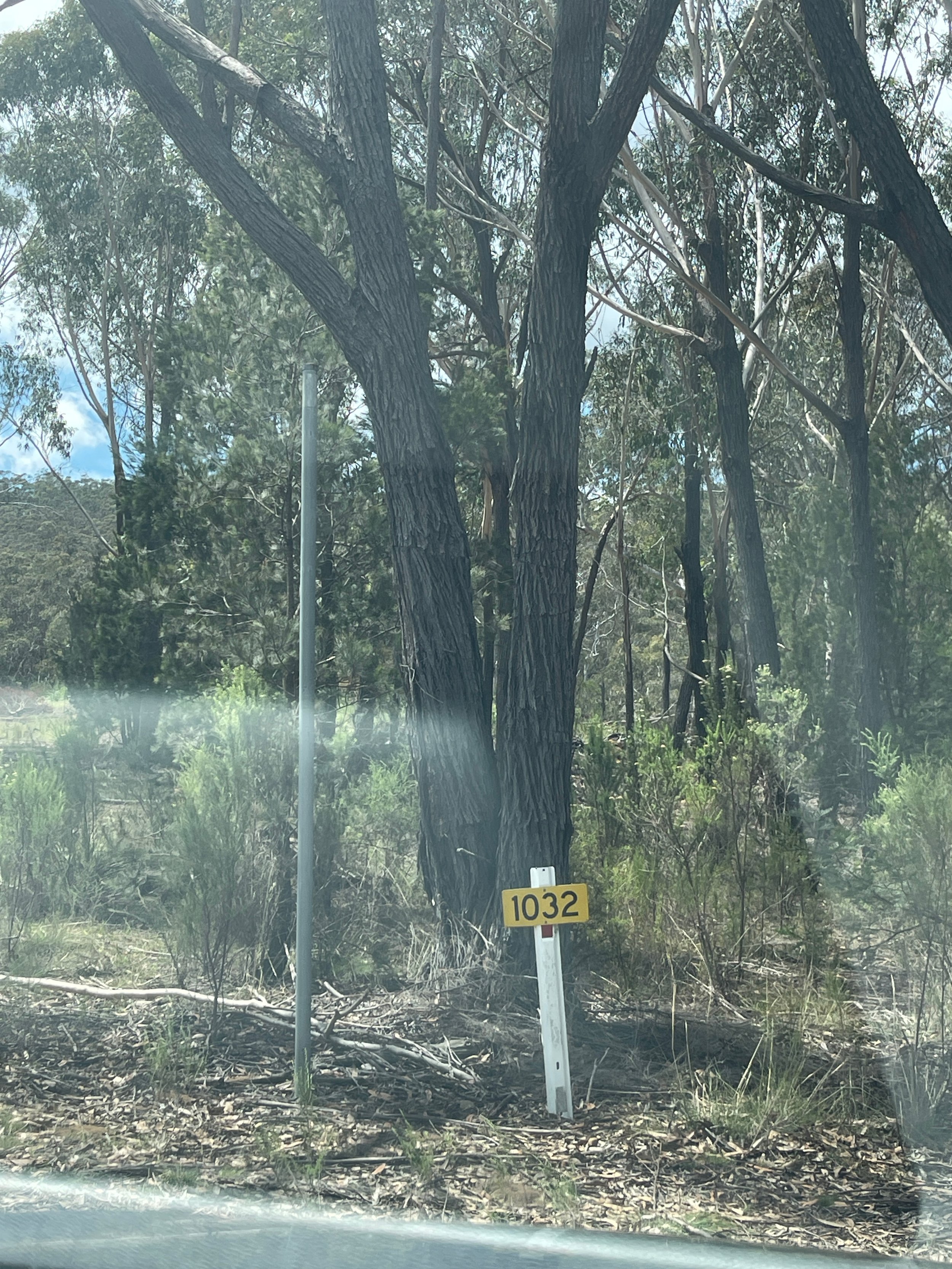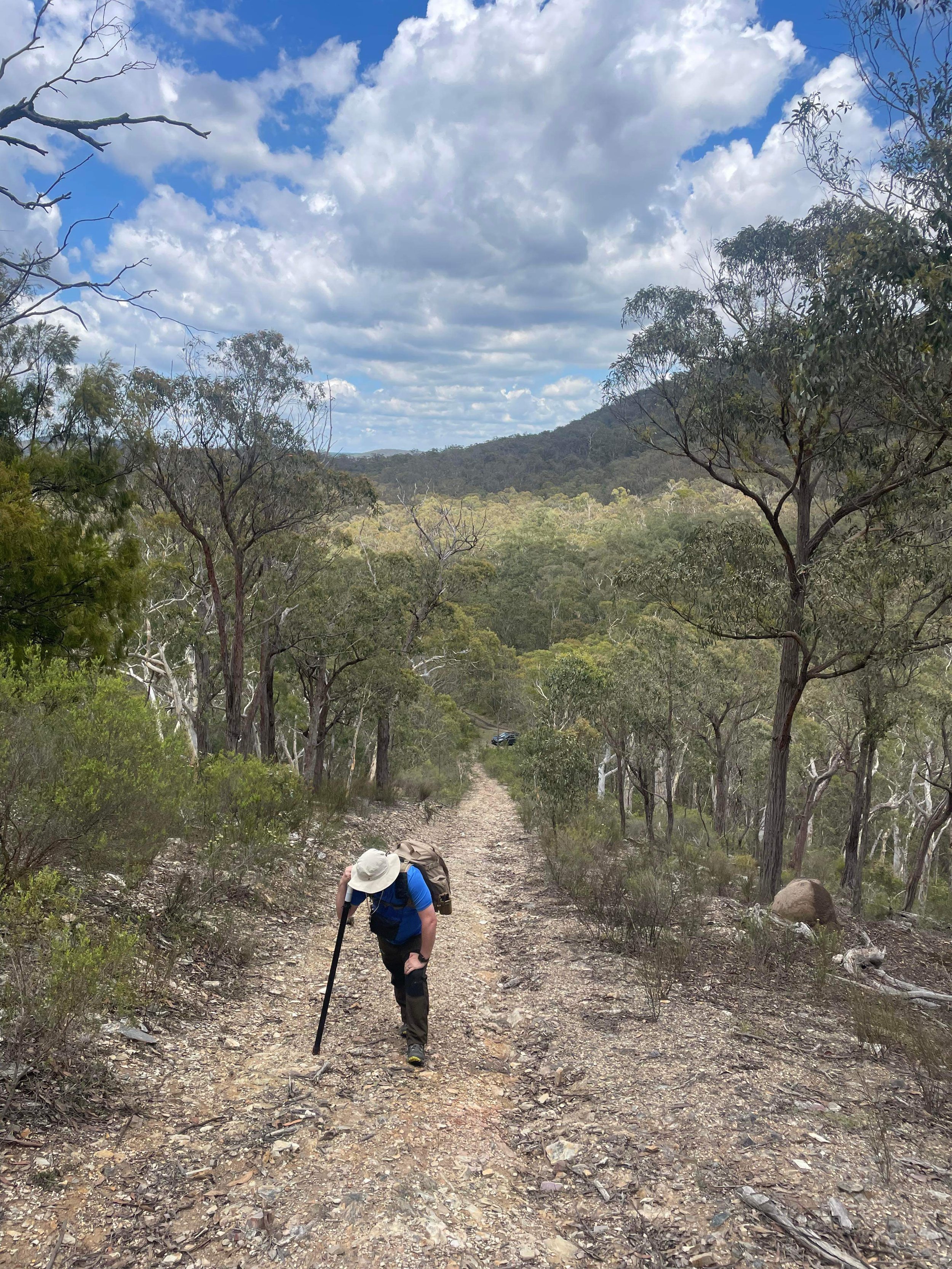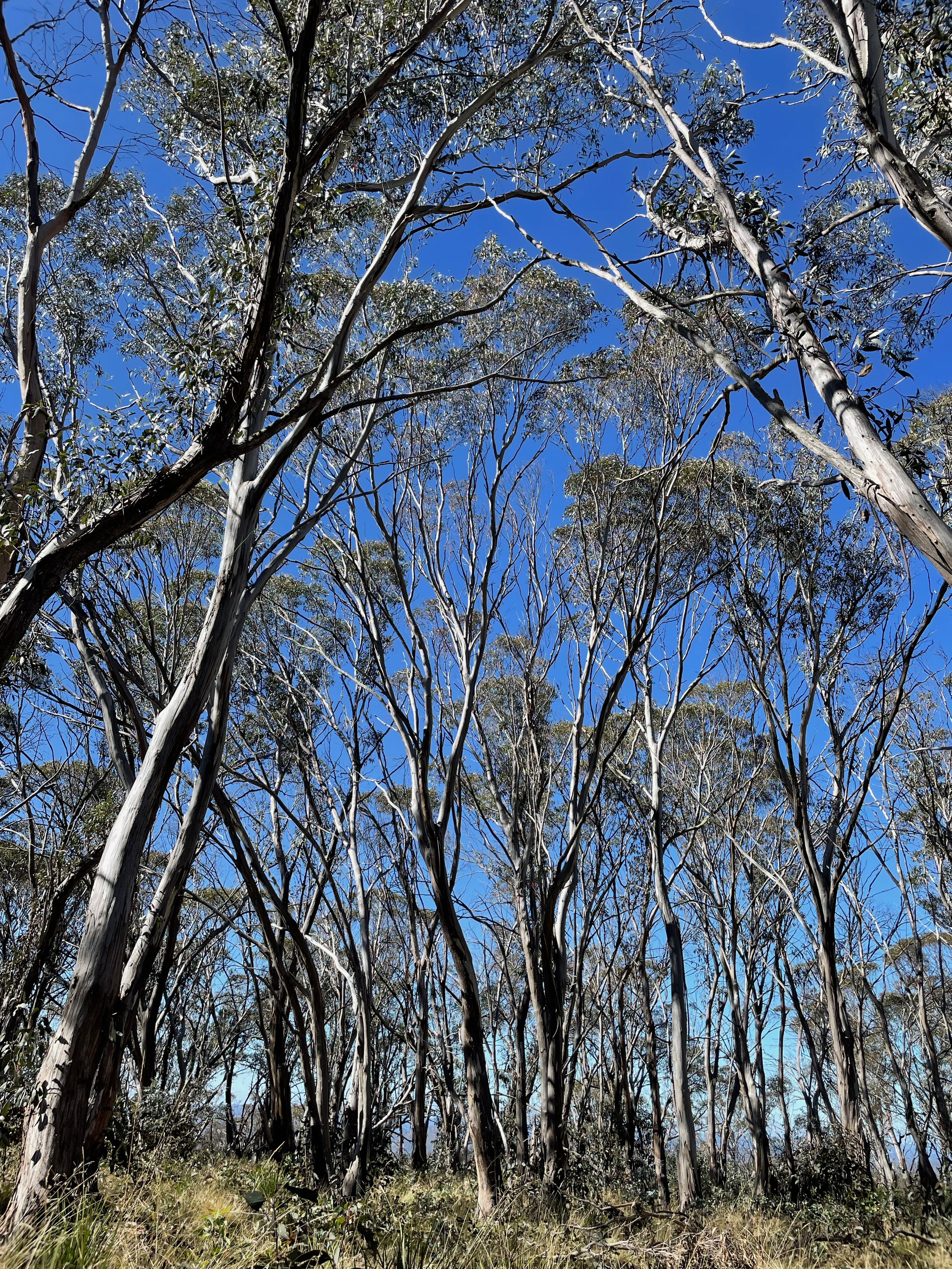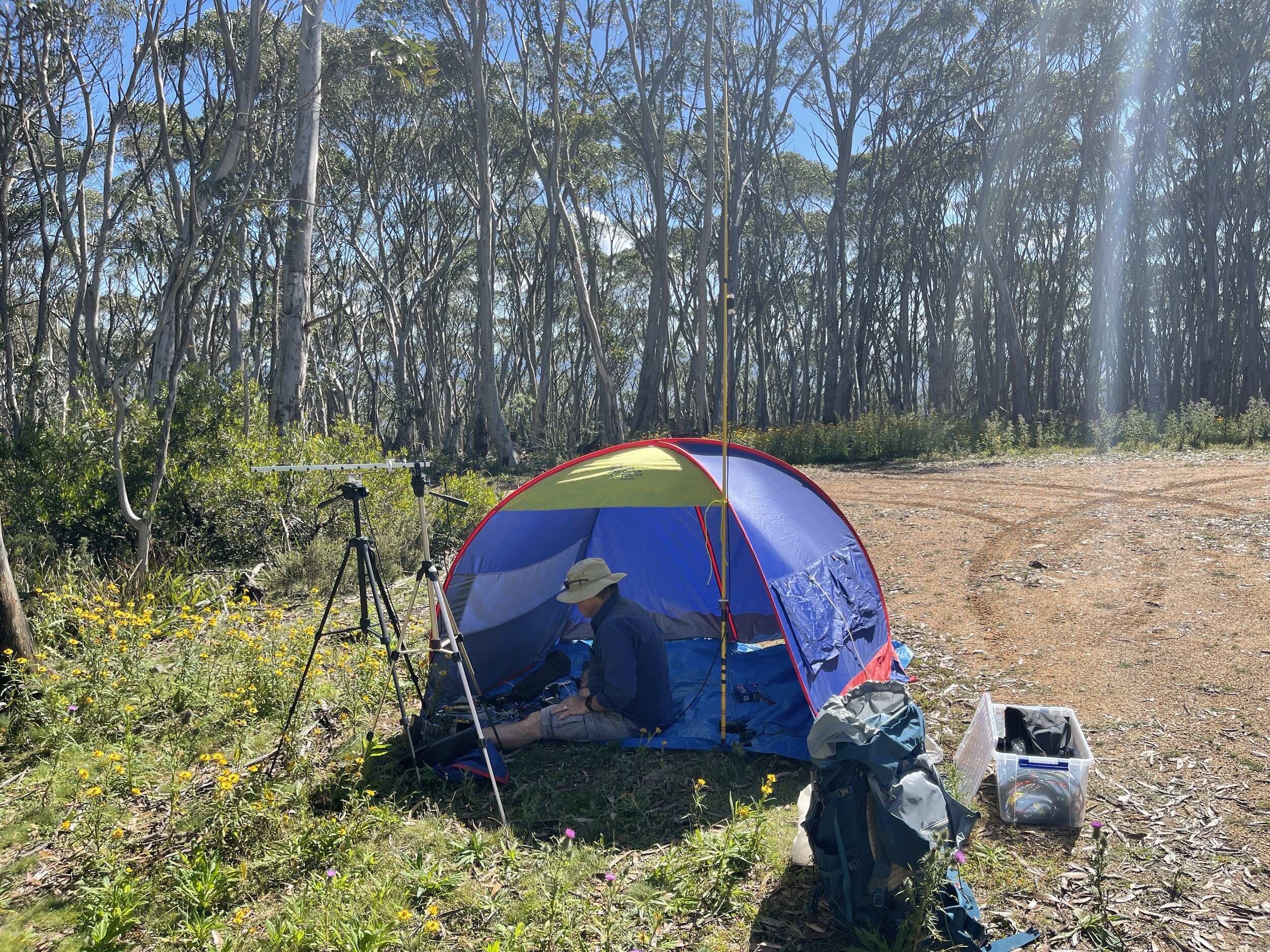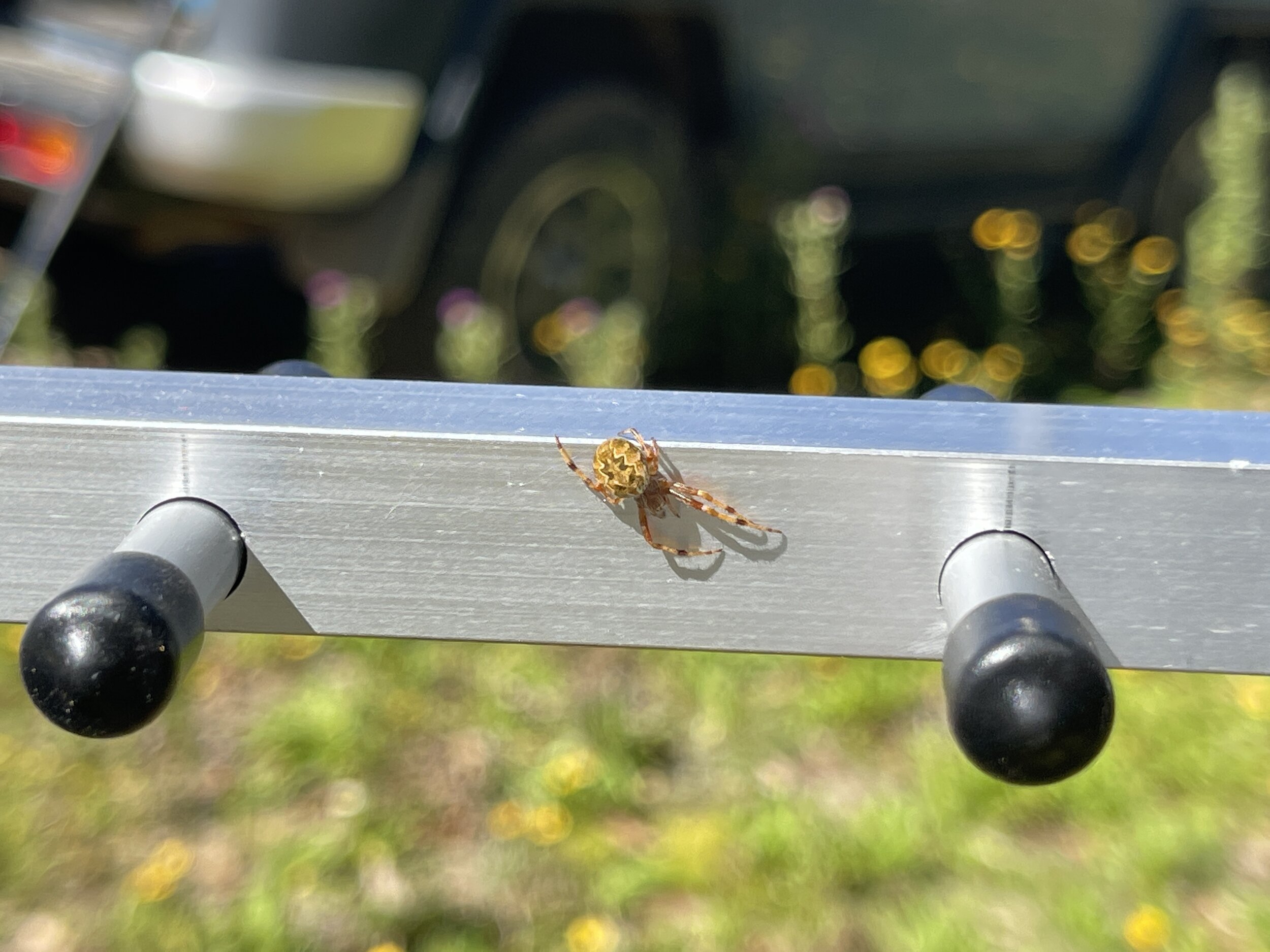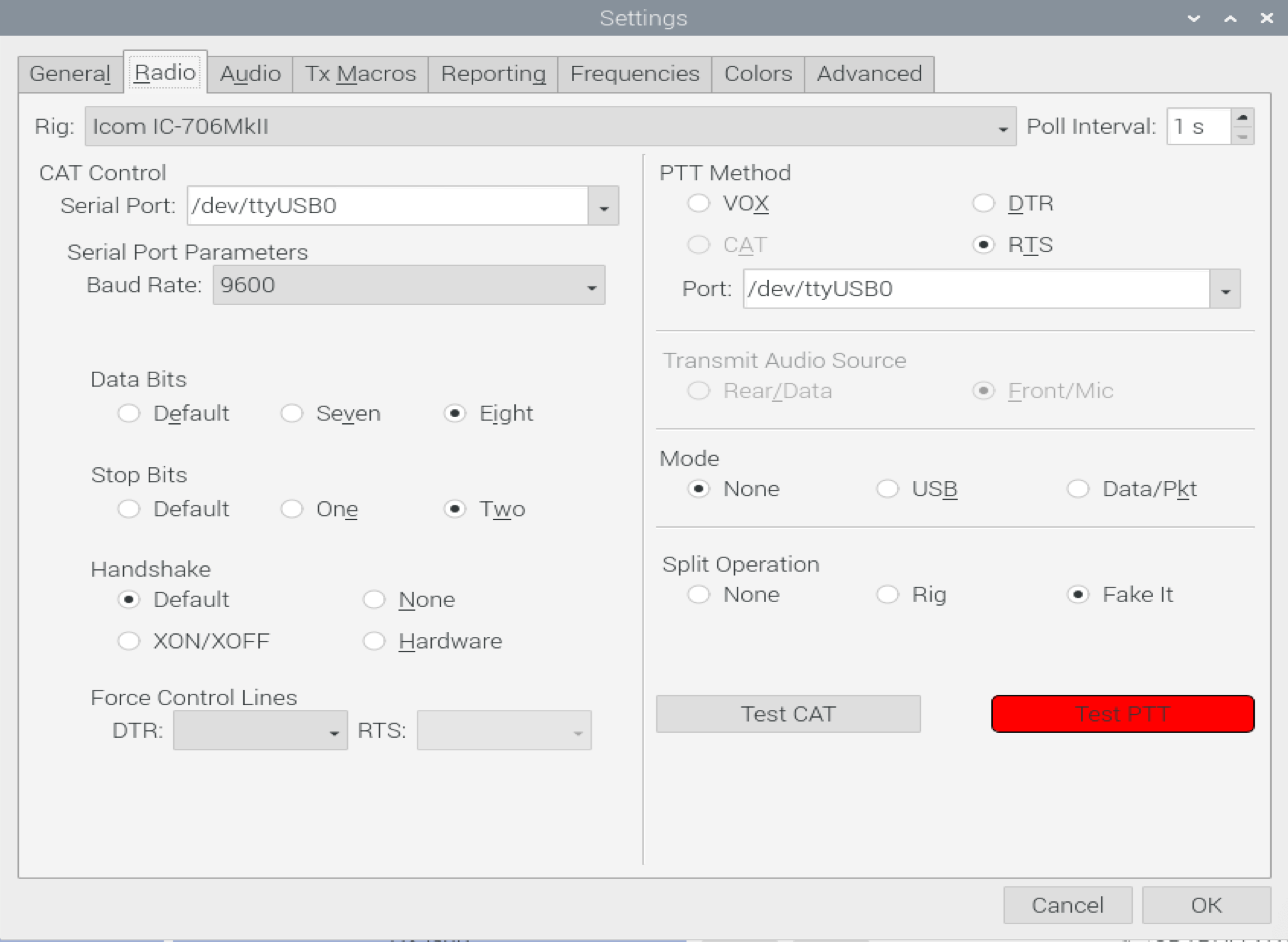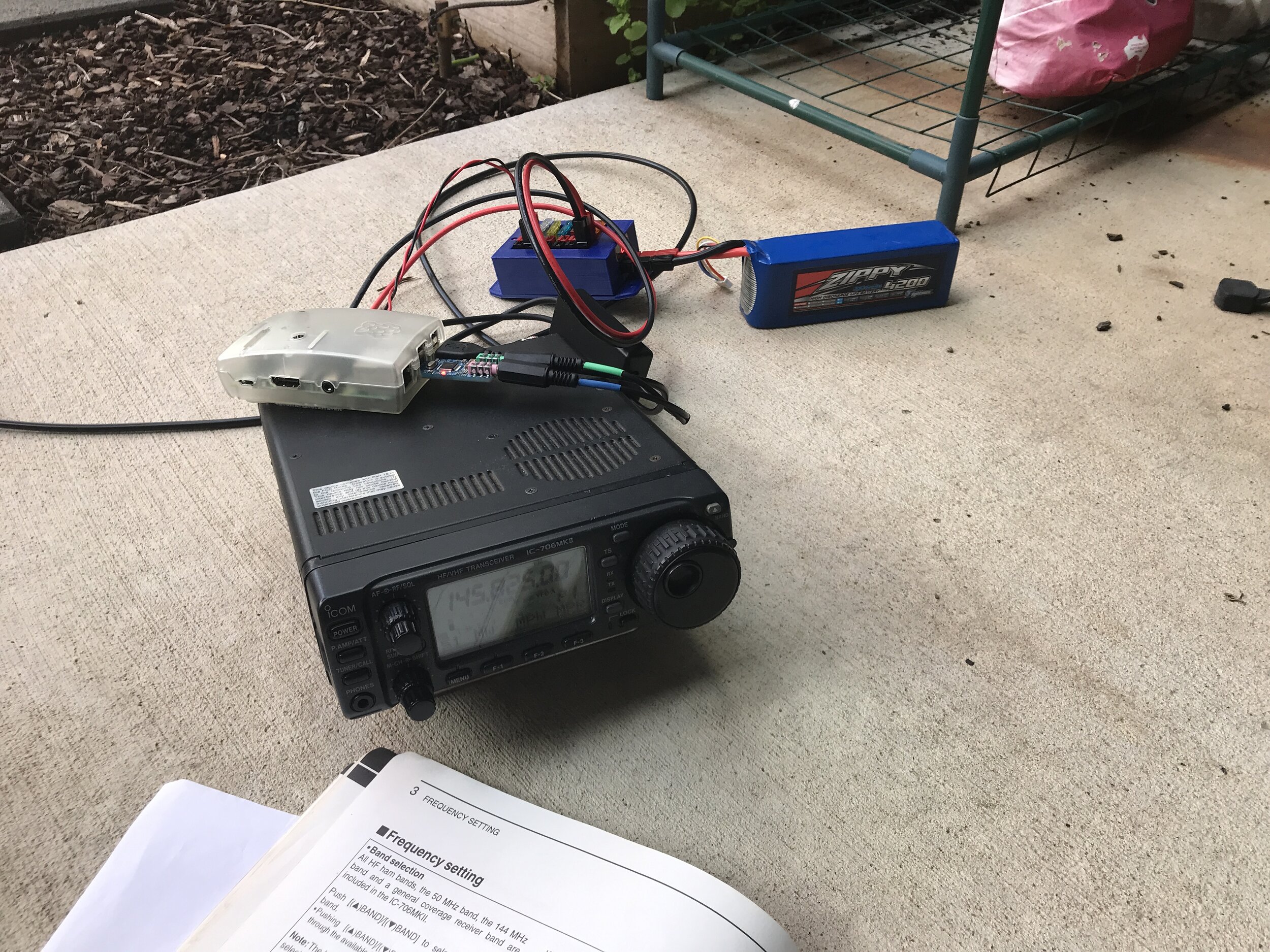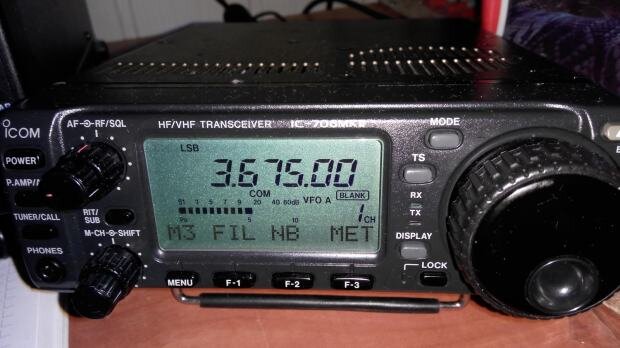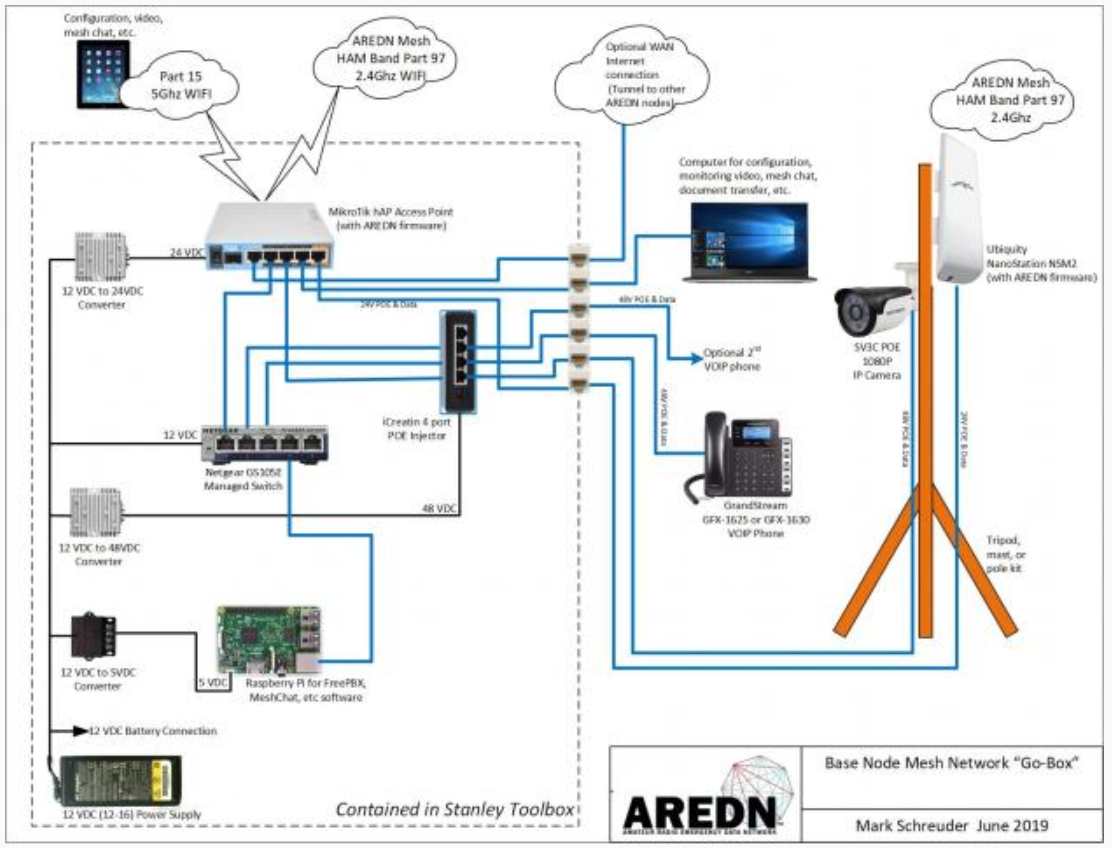Check and send email from almost anywhere. Winlink - email over Radio
Many of us in Amateur Radio can remember the moment our interest in the hobby sparked, I certainly can. Growing up, I learned to sail at the local sailing club in Twofold Bay, Eden NSW. Hearing long-distance cruisers talk about making HF contacts while under sail as well as sending emails over the radio. Considering the worldwide web (as it was known then) was still in its 56K dialup stages this blew my mind. And the rest, as they say, is history.
Email over radio?
Email over the radio isn't terribly new, but it was and still is new and exciting for me. The main system is simply called Winlink. This is essentially a collection of protocols or languages that facilitate the RF to IP link to an Amazon Web Services (AWS) distributed email management system. Additionally, Winklink has a windows only application they have released for operators to use called Winlink Express, formally known as Winlink 2000. This brings together modes such as ARDOP, AX25 Packet, PACTOR, VARA FM or even just using an internet connection via TELNET, into one unified inbox and email client. Personally I use the Linux / Raspberry Pi application called PAT, which is lighter weight and thus less featured client, but it runs well on the Raspberry Pi and I regularly use ARDOP for HF email connections into VK3MIT and VK3DPW. It should be noted that HF email connection is SLOW - approx 1 page of text can take 5 mins to send - this is approx 300bps (this is changing with VARA bringing comparative lightning speeds – but it is trapped in the Windows ecosystem), alternatively the 'faster' modes such as ax25 packet can support 1200bps or 9600bps connections. Still slow by internet speeds but these systems were never designed to compete or replace the internet. However, they work in many many more places.
Gateways?
A gateway (AKA an RMS - Radio Message Server) is simply a 2 way RF > IP bridge that facilitates the connection to the Winlink AWS servers. Some are Hybrid connections - Winlink describes these hybrid connections as a network that "takes advantage of the speed and other benefits of the Internet when and where it’s available, but also provides end-to-end email transport and delivery if the Internet is down--or even if it completely disappears everywhere. It does this transparently, and routes messages automatically from sender to recipient without much adaptation by users, except that they must use a client program that supports the new design (currently only Winlink Express). Older programs like Airmail still are compatible with the system and hybrid gateways without compromise to past performance or capability, but can't take advantage of the new network's features. Users can switch to RMS Express to gain the advantages of the Hybrid Network design" #
What’s the situation like here in Australia (VK)
In the US there are VHF & UHF gateways (shorter range- think line of sight) but they are almost all contained in the US - not technically true since I run one here in Australia but nowhere else worldwide has the density of the US. It is more common to have gateways on the HF bands. My post on my VHF – Now moved to to UHF- email gateway can be found here. http://wadeabout.com/blog/a-vhf-winlink-g
Comments from VK users:
VK3FUR
Rig: Modified Codan 9323, Icom 7100
Antenna: Diamon 40m and 30m whips, or linked inverted vee
Software: PAT, Ardop on RaspberryPi
Used for:
- Letting friends and family know that we have arrived at camp but don't have phone signal
- Coordinating skeds
- Sending updates about our camping trip



